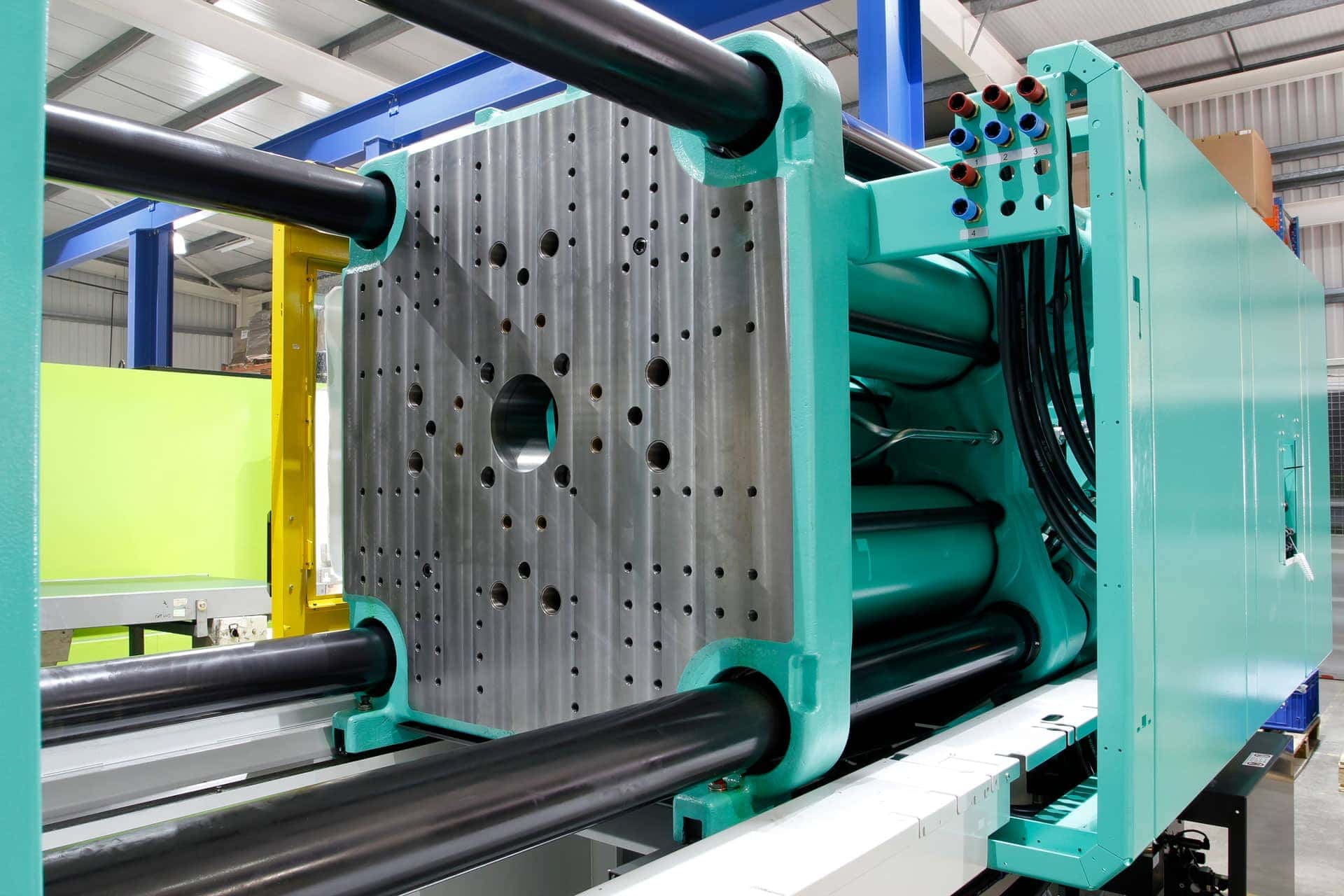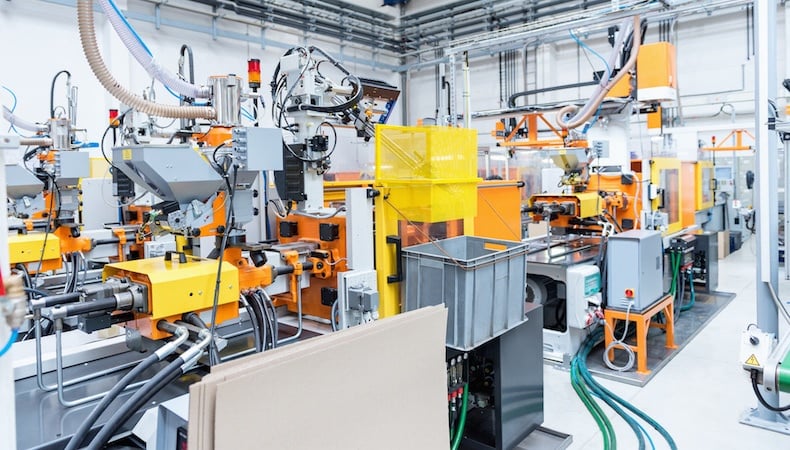Comprehending the Essentials of Plastic Injection Molding Processes
Plastic injection molding serves as a cornerstone of modern production, supplying a systematic technique to creating complex components with accuracy. Discovering these necessary aspects might reveal just how even small modifications can lead to significant improvements in manufacturing results, raising questions concerning the capacity for innovation in this established procedure.
What Is Plastic Injection Molding?
Plastic injection molding is a commonly utilized production process that changes thermosetting and polycarbonate materials right into accurate and intricate shapes. This strategy is favored for its capability to produce high volumes of the same parts with exceptional precision, making it an indispensable technique in various markets, consisting of automotive, consumer items, and medical gadgets.
The procedure involves melting the selected plastic material and injecting it right into a mold and mildew under high pressure. The mold, made to the specifications of the preferred component, permits the molten plastic to take shape as it solidifies and cools down. As soon as the product has solidified, the mold and mildew is opened up, and the finished component is ejected.
Plastic injection molding uses numerous benefits, including decreased waste, consistency in production, and the ability to include detailed designs that might be challenging with various other producing approaches. Additionally, it supports a broad variety of materials, each offering special residential properties that can be customized for details applications. As industries continue to innovate, plastic shot molding remains at the center, enabling the development of advanced products that satisfy developing customer demands.
The Injection Molding Process
The shot molding procedure is an innovative strategy that includes a number of essential phases to generate high-quality plastic components. Initially, plastic pellets are fed right into a warmed barrel where they are merged a viscous fluid. This molten plastic is then injected under high stress right into a precision-engineered mold, which shapes the material right into the preferred type.
Once the mold is loaded, the plastic is permitted to cool down and solidify, taking the shape of the mold dental caries. Cooling time is essential, as it impacts the cycle time and the final residential or commercial properties of the molded component. After enough air conditioning, the mold and mildew opens up, and the finished part is ejected using ejector pins.

Products Made Use Of in Injection Molding
Various materials can be utilized in the injection molding process, each offering distinct residential properties that accommodate details applications. One of the most frequently made use of products consist of thermoplastics, thermosetting plastics, and elastomers.

Thermosetting plastics, like epoxy and phenolic materials, undergo a chemical adjustment throughout the treating procedure, resulting in a stiff, stringent structure. These products are ideal for applications needing high warmth resistance and structural integrity, typically made use of in electrical insulators and vehicle parts.
Elastomers, consisting of silicone and rubber-based materials, supply adaptability and resilience. Their distinct properties make them suitable for applications that demand flexibility, such as gaskets and seals.
Additionally, specialty materials like bio-based plastics and composites are getting grip for their ecological advantages and enhanced performance qualities, widening the scope of injection molding applications in various markets. Comprehending the buildings of these products is crucial for selecting the proper kind for certain tasks.
Benefits of Shot Molding
Shot molding attracts attention as a very reliable production procedure that uses countless benefits for creating complicated parts with precision. One of one of the most substantial advantages is the capability to produce elaborate designs that would be tough or difficult to achieve with various other approaches (Plastic Injection Molding). The procedure enables for in-depth attributes and tight tolerances, ensuring high-quality parts
In addition, injection molding is recognized for its quick production abilities, making it an optimal choice for high-volume production. When the mold is developed, parts can be produced promptly, minimizing lead times and raising general productivity. This performance not only decreases production prices however also supplies an one-upmanship on the market.
The versatility of products used in shot molding even more enhances its charm. A large range find this of thermoplastics and thermosetting polymers can be utilized, permitting producers to choose materials that finest fulfill their certain requirements, including versatility, warmth, and strength resistance.
Additionally, the procedure minimizes waste, as excess material can usually be reused and reused. This sustainability element adds to a reduced environmental effect, making shot molding a responsible manufacturing option. Generally, the benefits of shot molding make it a preferred method for lots of sectors.
Factors Affecting Product High Quality
While many aspects can affect item quality in injection molding, understanding these elements is important for attaining optimum outcomes. Trick facets consist of product option, refining criteria, and mold and mildew layout.
Material selection plays an important function, as different polymers display distinct properties that affect flowability, strength, and thermal security. Poor product selection can bring about issues such as bending or insufficient filling.
Processing parameters, consisting of cycle, temperature, and pressure time, have to be diligently regulated. Variations in these setups can cause incongruities in component dimensions and surface coating. For circumstances, excessively high temperature levels might trigger degradation of the polymer, while poor stress can lead to brief shots.
Mold and mildew style is equally important, as it figures out the flow of the molten plastic and the cooling procedure. Improperly developed mold and navigate to these guys mildews may lead to irregular cooling prices, leading to dimensional inaccuracies and residual stresses.

Conclusion
In conclusion, plastic injection molding serves as a hop over to here crucial production procedure that allows the effective production of top notch elements. Mastery of the injection molding process, consisting of the understanding of products and the impact of different elements on product quality, is essential for achieving optimal outcomes. The benefits of this technique, such as cost-effectiveness and design flexibility, more emphasize its relevance across multiple sectors, strengthening its condition as a preferred selection for high-volume manufacturing.
Plastic injection molding offers as a foundation of contemporary manufacturing, giving a methodical method to creating complex components with accuracy.Plastic injection molding supplies a number of advantages, consisting of minimized waste, consistency in manufacturing, and the capability to include complex designs that might be challenging with various other producing approaches (Plastic Injection Molding). As markets continue to introduce, plastic injection molding stays at the forefront, making it possible for the advancement of advanced items that meet advancing consumer needs
The injection molding procedure is a sophisticated method that involves a number of key stages to create high-quality plastic parts.In conclusion, plastic injection molding offers as a crucial production process that allows the reliable production of top notch components.